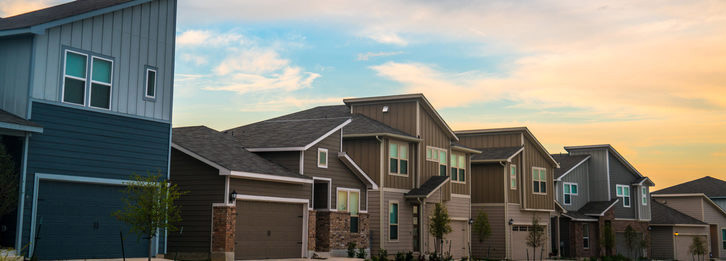
Most people in the Austin area list their homes and expect them to sell relatively quickly. If the home is in a good neighborhood, is in good condition, and is listed for a reasonable price, it should, in theory, fly off the market.
However, this isn’t always the case. Many homeowners find themselves disappointed, stressed, and above all confused, when their home takes much longer to sell than they originally thought. If this happens to you, there are a few important steps you can take.
First, check your expectations and make sure you’re being reasonable about them. Some homeowners are especially antsy, and they get nervous when the home is on the market for a week or two without any interested buyers. You should know that this is normal, and some homes take many weeks, or even months, to sell. The average home stays on the market between 65 and 93 days, depending on the nature of the house, local market conditions, and other circumstances. If you’ve been on the market for a month or less, there’s probably nothing to worry about.
Similarly, consider the price you set for the home. Is this a reasonable price, or an ambitious one? Price is one of the most important variables to consider when it comes to selling a home; if your price is unreasonably high, it’s going to scare off potentially interested buyers.
Next, look at the market conditions in Austin. For many years, Austin overall has been on an upward trajectory, attracting many new people and driving prices up. However, individual neighborhoods around Austin may see more variance due to local conditions.
If the people in your neighborhood are also having difficulty selling their homes, or if buying activity has slowed significantly, your slow home sale may be a byproduct of these market conditions. If other home sales appear to be faster than yours, it may be a specific problem with your house and your listing.
If you haven’t already, get a real estate agent. Listing your property as for sale by owner may save you a few bucks because you’ll avoid paying commissions, but you’ll have a much harder time reaching the right audience and generating enough interest in your property. Most real estate agents are capable of selling your home faster and for a higher price than you’d be able to get—ultimately paying for themselves, and then some.
If you already have a real estate agent and you’re disappointed with the amount of interest you’ve been able to generate, have a frank conversation with them. They may have some insights that reveal why the home hasn’t sold, or some ideas on what you could try next.
Next, check for any glaring errors you’ve made in the home sale process. For example, have you mistakenly listed your property at the wrong price, or neglected to include photos in your listing? Have you failed to research trending prices in the area so you could set a reasonable listing price?
These may seem obvious, but they’re worth checking out. Sometimes, one simple fix is all it takes to drastically improve your home’s chances of selling quickly.
If your home still isn’t selling, you’ll need to make a change to your selling strategy. There are several things that could help you, including:
It can be difficult to sell a home quickly while simultaneously achieving all your other home sale goals. That’s why it’s important to work with a real estate agent here in Austin, who knows your market, will get to know your home, and will work with you to make sure you reach all your objectives in a timely manner. Contact Green Residential today to learn more about our real estate services, and how one of our agents can help you sell your home now!
